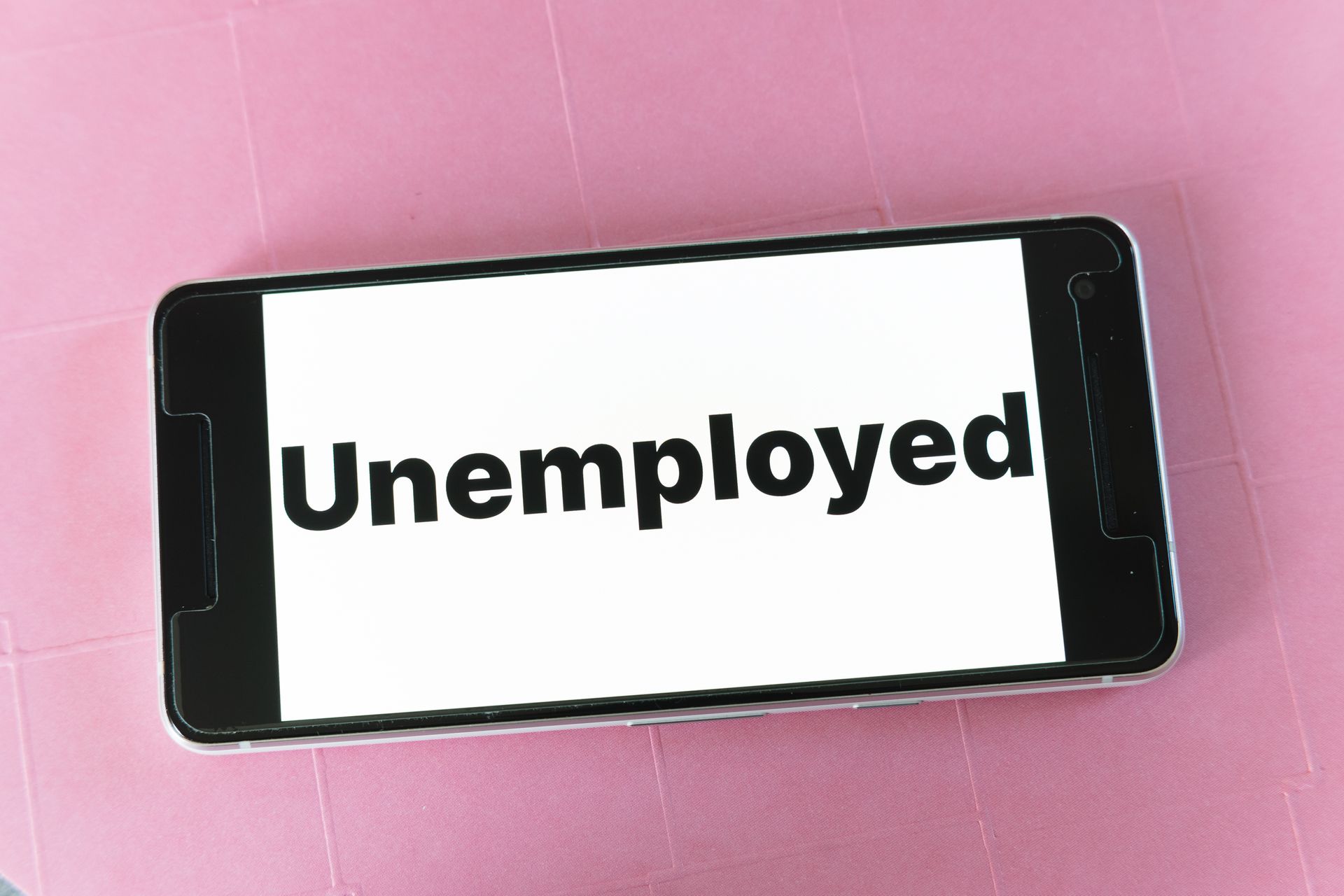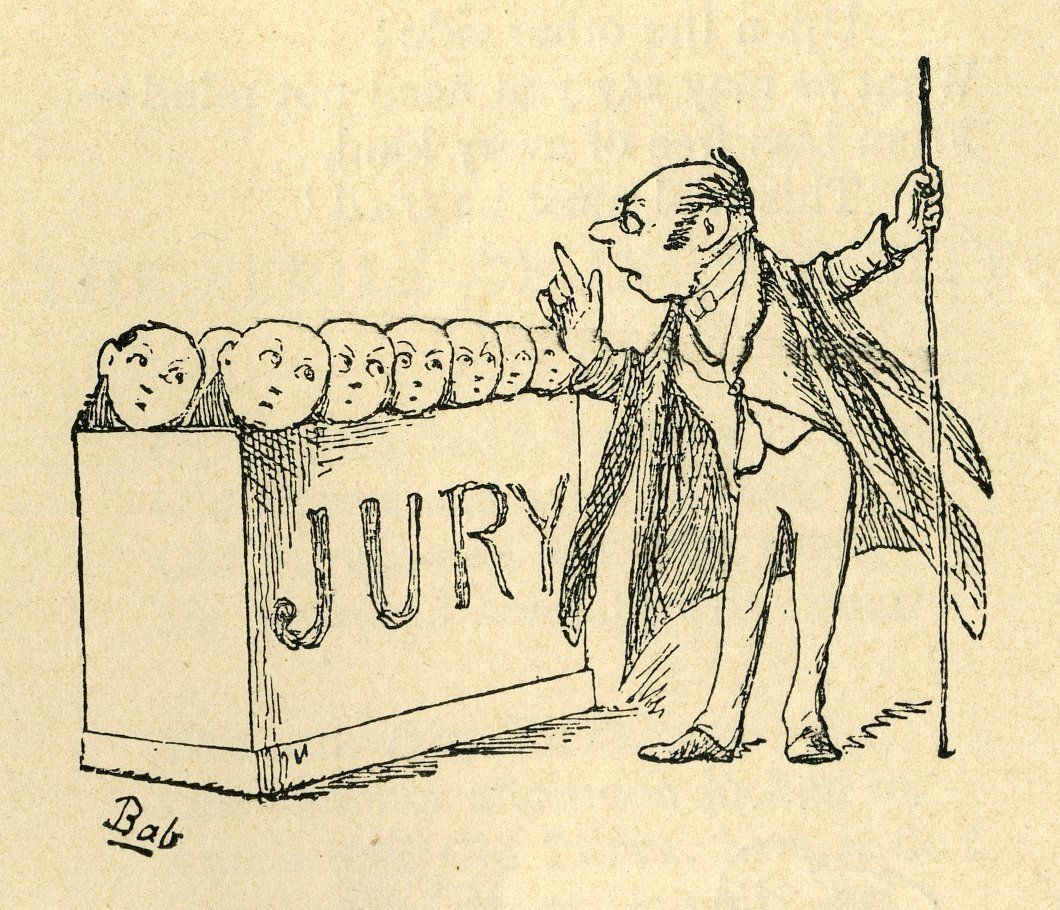What is the Equal Employment Opportunity Commission?
Understanding the Equal Employment Opportunity Commission (EEOC)
The Equal Employment Opportunity Commission (“EEOC”) plays a pivotal role in safeguarding the rights of employees against workplace discrimination. This blog post will delve into the origins and functions of the EEOC, as well as provide guidance on when and how employees should utilize this federal agency to advance their claims of discrimination.
The Genesis of EEOC
The EEOC came into existence as a result of the Civil Rights Act of 1964, a landmark piece of legislation that aimed to end racial segregation and discrimination in various facets of American society, including the workplace. Title VII of the Civil Rights Act specifically targeted employment discrimination on the basis of race, color, religion, sex, or national origin.
The EEOC was established to enforce Title VII and ensure that employers across the United States adhere to the law's provisions. Over the years, its scope has expanded to encompass other anti-discrimination laws, such as the Age Discrimination in Employment Act (ADEA) and the Americans with Disabilities Act (ADA).
The Role of EEOC
1. Investigating Discrimination Claims
One of the primary functions of the EEOC is to investigate complaints of workplace discrimination. Employees in New York State who believe they have been subjected to discrimination based on a protected characteristic, such as race, gender, religion, or disability, must file a charge with the EEOC within 300 days of the date of the last incident of discrimination. Upon receiving a charge, the EEOC will assign an investigator to determine whether there is merit to the claim. The investigator will ask the employer to prepare a position statement in opposition to the charge of discrimination. That position statement will then be sent to the employee, who may submit a rebuttal.
2. Providing Mediation and Conciliation
In some cases, the EEOC may offer mediation or conciliation services to resolve disputes between employees and employers. These processes can be quicker and less adversarial than pursuing a lawsuit. Mediation is a process that requires calculations, strategy, and preparation to try to achieve a fair and just settlement of claims.
3. Issuing a Notice of Right to Sue Letter (“NORTS”)
If a settlement cannot be reached, and the EEOC investigation finds “probable cause,” the EEOC may try to Conciliate the charge through a process of settlement. If the case does not resolve, the EEOC will issue a NORTS.
In addition, if the EEOC does not find probable cause, it will also issue a NORTS.
Once an employee receives a NORTS, the employee must file a Summons and Complaint in Federal Court within 90 days of the date of receipt of the NORTS. This deadline is strictly enforced.
4. Enforcing Compliance
The EEOC also plays a crucial role in enforcing compliance with anti-discrimination laws. This includes taking legal action against employers who engage in discriminatory practices. The agency occasionally files “high profile” lawsuits on behalf of aggrieved employees.
When and How to Use the EEOC
Employees who believe they have experienced workplace discrimination should follow specific steps to utilize the EEOC effectively:
- Contact an Attorney: Before filing a charge with the EEOC, it is advisable for employees to consult with an experienced employment lawyer. An attorney can provide guidance on the best course of action and assist in preparing the necessary documentation.
- File a Charge: To initiate the EEOC process, employees must file a formal charge of discrimination. This charge should detail the discriminatory actions, the parties involved, and any relevant dates, and must be filed timely.
- Cooperate with EEOC: Once a charge is filed, it is essential for employees to cooperate fully with the investigation, providing any requested documents or information promptly.
- Review Options: Depending on the EEOC's findings, employees may receive a Notice of Right to Sue letter or be offered mediation or conciliation. Consulting with an attorney at this stage is crucial to make informed decisions about the next steps.
- Consider Legal Action: If a resolution cannot be reached through the EEOC, employees can proceed to file a lawsuit in federal court with the assistance of counsel.
Conclusion
In conclusion, understanding when and how to use the EEOC's services can be pivotal in seeking justice and protecting one's rights in the workplace. If you have any specific questions or need further clarification on any aspect of the EEOC and employee discrimination claims, please contact Employment Attorney Raymond Nardo.










